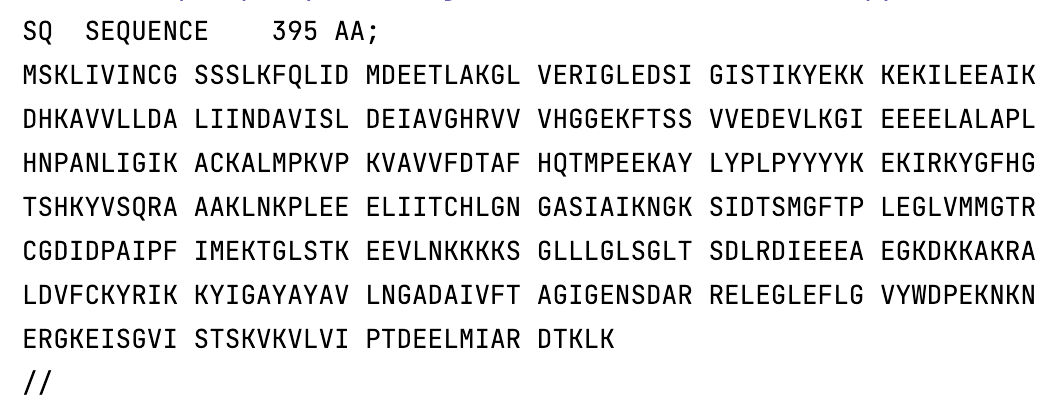Our Platform: Mathematics to Accelerate Enzyme Development
AUG-Met was founded on the belief that there is a correlation between enzymes and their respective substrates that can be quantified by a neural network with the correct architecture and training data. Neural networks excel at correlating two connected fields of information, and do not require any knowledge of the complex rules of protein folding. All that is needed is a large amount of training data. Our platform integrates AUG-Met’s proprietary neural network and unique database of hundreds of thousands of protein sequences sourced from UniProt, one of the world's leading high-quality resources of protein sequence information. Our platform runs on Google Cloud Services and is designed to be both highly scalable and customizable to match the needs of the client. It is currently in beta stage testing.
Using this approach, our neural network provides a ten fold improvement at every position over random chance. Furthermore, across multiple low confidence positions, our model outperforms exponentially.
Let’s take an example
Kinases are enzymes that catalyze the transfer of a phosphate group from ATP to a substrate. They have been extensively studied in labs, and our neural network can calculate the relationship between known substrates and their respective kinase enzymes.
Let’s take lactose, the sugar from milk, as the substrate to be phosphorylated.
In this example, the client would submit the enzyme request shown below, specifying what chemicals are present in the reaction. The enzyme request accepts SMILES (Smiles Simplified Molecular Input Line Entry System), ChEBI ID Number(Chemical Entities of Biological Interest) , InCHI (IUPAC International Chemical Identifier), or by chemical name.
The platform would use the above information to generate the most likely amino acid sequences, formatted in single letter codes, as shown below.
This result can be run through programs like Google’s AlphaFold to get the following prediction for the enzyme’s 3-dimensional shape. The enzyme pictured below is not known to exist, but was generated using AUG-Met’s platform.

